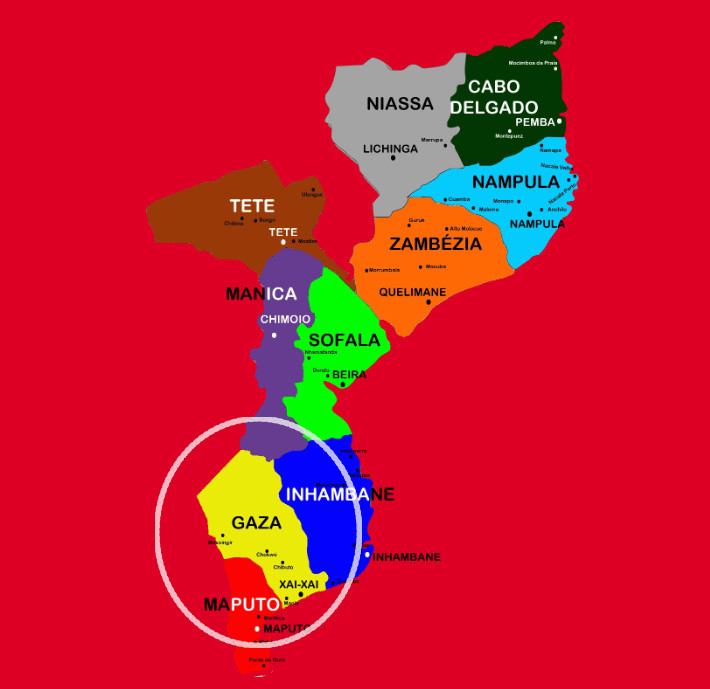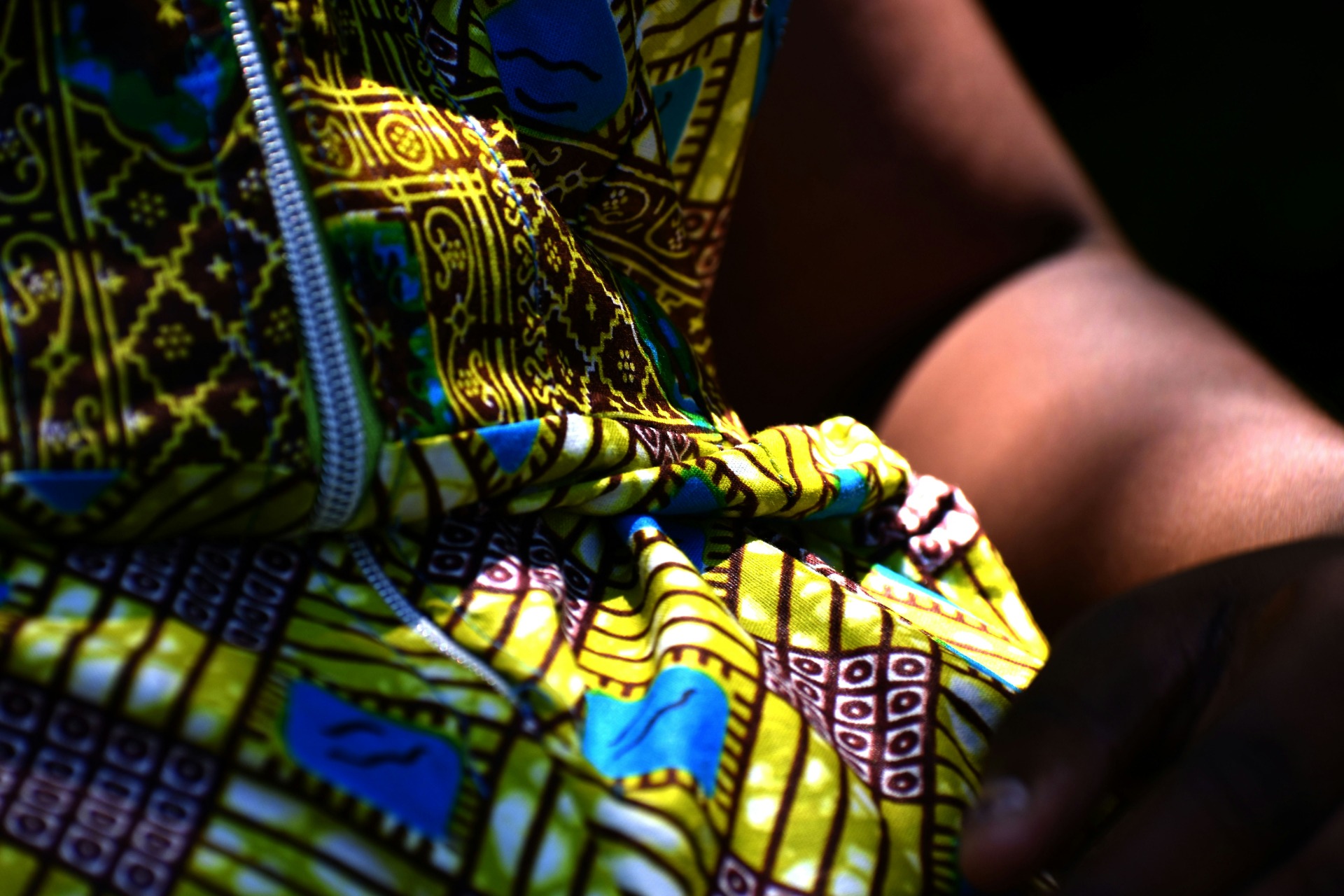MozambiqueExpert - Investors Guide
Invest in Gaza Province

The Energy Sector
Gaza Province: Powering the Future through Renewables and Resilient Infrastructure
The energy sector is a declared priority of the Mozambican government, driven by the ambitious goal of achieving universal access to electricity by 2030 and leveraging the nation's abundant resources to become a regional energy hub. For Gaza Province, this national strategy translates into a critical push toward clean energy generation and infrastructural resilience, offering significant investment opportunities, particularly in the solar and decentralized energy markets.
Facts and Figures: Gaza's Energy Landscape
Gaza Province, while historically having comparatively higher access rates than central or northern provinces, still faces profound challenges in serving its large rural population.
Grid Access (2017 Baseline): Gaza Province reported an electricity access rate of approximately 46.20%. This rate was among the highest in the country. However, access is heavily concentrated in urban areas, with rural households relying on alternative, costly sources.
Rural Reliance on Biomass: The rural population remains heavily reliant on biomass (charcoal) for essential domestic needs, including cooking and lighting. The Mabalane District is a key charcoal supply area for Maputo, holding one of the highest numbers of charcoal production licenses in Gaza.
Existing Transmission Network: The province is supplied by the national electricity grid. A high-capacity 400Kv electricity line runs through the Limpopo National Park in the Pafuri area, connecting to substations at Massingir and east of Mapai via 110Kv lines linked to Chókwè.
Extractive Sector Demand: Gaza's burgeoning extractive industry, notably the heavy mineral sands project near Chibuto (Corridor Sands), requires a reliable domestic power supply. This project will be able to draw power through the Motraco system.
Strategic Investments and Opportunities
Gaza is at the center of new strategic investments aimed at increasing generation capacity and developing innovative decentralized solutions.
1. Renewable Energy Generation (Solar Power)
The government is actively promoting investment in solar photovoltaic (PV) as a least-cost option for additional generation capacity. The national plan aims to achieve 1,000 MW of solar capacity by 2030 and at least 7.5 GW of photovoltaic solar energy by 2050.
Chibuto Solar Plant (2025): Gaza is set to receive a major boost with the planned installation of a large solar power plant in Chibuto. This private investment is valued at approximately $110 million (7 billion meticals).
Capacity and Infrastructure: The Chibuto solar plant, developed by Sal Energia in partnership with the state-owned Electricidade de Moçambique (EDM), is planned to have an installed capacity of 95 megawatts (MW). It will include a 275 kilovolt (KV) transmission line connecting the plant to the local substation. This project reinforces the national grid capacity and aids energy expansion. Other plans indicate a potential 120 MW solar plant integrated with a 50 MW battery energy storage system in Chibuto, allocated $160 million.
Climate-Smart Applications: Beyond large-scale generation, there is a clear opportunity in integrating renewable energy with water access. Projects are underway in rural Gaza (along with Inhambane and Maputo) to install deep-drilled wells combined with solar pump systems to provide safe drinking water. These technical solutions contribute both to climate adaptation and mitigation. Modern bioenergy technologies, such as Flexi-biogas for cooking and solar power for irrigation water pumping, also offer solutions for rural domestic and productive energy needs.
2. Downstream Linkages and Gas Utilization
While major LNG projects are concentrated in the north, Gaza benefits from regional gas-to-power infrastructure:
Pande-Temane Gas Fields: Located in neighboring Inhambane Province, these fields supply natural gas used for electricity generation. The Gas-fired electric power project for the Centrale Termica de Temane (CTT), with a capacity of 450 MW, is expected to produce 30,000 tonnes of Liquefied Petroleum Gas (LPG) per year for domestic consumption. This is the first plant planned to produce gas for domestic consumption and is expected to replace 75% of imported gas per year. This regional infrastructure is vital for stabilizing the southern electricity supply.
Industrial Power Demand: The development of the Chibuto industrial cluster presents a large demand for energy, potentially opening avenues for private energy providers to secure long-term power purchase agreements (PPAs) with mining and industrial clients.
3. Decentralized and Off-Grid Solutions
The government, via its Programa Nacional de Energia para Todos (Energy for All), is promoting private participation, especially for off-grid solutions.Market Development: The BRILHO programme (2019-2024) was established to catalyze Mozambique's off-grid energy market, leveraging private sector innovation and investment capacity to improve access for 1.5 million people and businesses through solar home systems and mini-grids.
Policy and Regulatory Context
The government is actively reforming regulations to support private investment in the energy sector:
Incentives and Reforms: The government has introduced economic stimulus measures and implemented policies, such as the revocation of the outdated Electricity Law 21/97 through Law 12/2022, aimed at enhancing sector performance by encouraging private sector involvement, expediting energy export, and granting concessions for power supply.
Investment Framework: The development of a realistic medium- to long-term reform road map for the energy sector is considered a priority to fulfill the universal service obligation. The private sector participation, including in renewable energy generation through competitive bidding and PPP frameworks, is actively promoted.
Key Challenges and Investment Risks
Investment in Gaza's energy sector is affected by both local infrastructure issues and broader national instability:
Climate Change and Infrastructure Costs: Mozambique is ranked the third most vulnerable country to climate change in Africa. Climate change hazards significantly increase the cost of infrastructure investments. The necessity for more resilient transmission and substation infrastructure can add up to 20 percent extra to project costs.
Rural Access Gap and Financial Viability: While new capacity is being built, the financial viability of expanding electricity supplies is challenging because distribution is dominated by a few large consumers, with limited consumption by the broader rural population. Gaza's remote districts, such as Guijá, reported only 1% household electricity access.
Governance and Financial Health: The high cost of credit and complex regulatory environments pose cross-cutting constraints. Furthermore, macroeconomic shocks have impacted the financial health of the state utility EDM, which affects its ability to maintain contracts with private players.
National Instability Risk: While Gaza itself is relatively stable, the national economy and major energy initiatives rely heavily on resources in the volatile northern province of Cabo Delgado. The insurgency there has halted major LNG projects, putting deep strain on the nation's finances and near-future economic prospects. Mozambique needs to diversify its sources of revenue away from over-reliance on gas.
Related Readings
